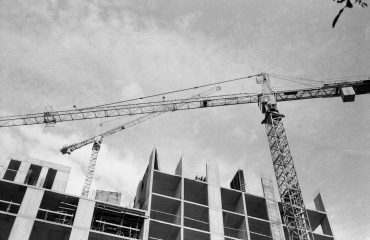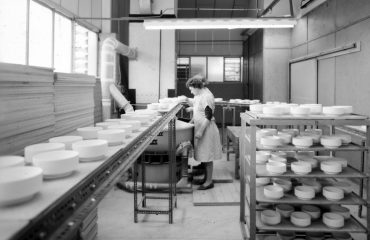UPN profiles, also known as unequal angle profiles or simply unequal angles, are a common type of rolled steel section widely used in structural engineering. Their unique shape, characterized by two unequal legs joined at a right angle, provides versatility and efficiency in a range of applications. This comprehensive guide will explore the intricacies of UPN profiles, delving into their properties, applications, design considerations, and limitations.
Understanding the Geometry and Properties of UPN Profiles
UPN profiles are defined by their leg lengths (typically denoted as b and h, where b is the shorter leg and h is the longer leg), thickness (t), and overall dimensions. These dimensions directly influence the section’s key properties, including:
- Area (A): The total cross-sectional area, crucial for determining the section’s weight and resistance to axial loads.
- Moment of Inertia (Ix, Iy): Indicates the section’s resistance to bending about the x and y axes. The larger the moment of inertia, the greater the resistance to bending.
- Section Modulus (Zx, Zy): Relates the moment of inertia to the distance from the neutral axis, providing a measure of the section’s bending strength. It’s a critical parameter in design calculations.
- Radius of Gyration (rx, ry): Indicates the distribution of the section’s area relative to its neutral axes. It’s important for determining the section’s resistance to buckling.
These properties are readily available in steel section handbooks and online databases, allowing engineers to easily select appropriate UPN profiles for specific design requirements.
Common Applications of UPN Profiles in Structural Design
The versatility of UPN profiles makes them suitable for a wide range of applications, including:
- Beams and Columns: In situations where bending moments are significant in one direction but less so in the other, UPN profiles offer efficient load-carrying capacity.
- Bracing Members: Their stiffness and strength make them ideal for bracing structures against lateral loads, preventing instability.
- Connection Elements: UPN profiles can be used as connecting members in various structural systems, providing efficient transfer of forces.
- Industrial Structures: Frequently employed in the construction of platforms, walkways, and support structures in industrial settings.
- Lightweight Structures: Where weight optimization is crucial, UPN profiles can be an effective choice due to their relatively high strength-to-weight ratio.
The choice of UPN profile depends on the specific loading conditions, span length, and required safety factors.
Design Considerations and Calculations for UPN Profiles
Designing with UPN profiles necessitates careful consideration of various factors, including:
- Load Calculations: Accurate determination of dead loads, live loads, and other relevant loads is crucial for ensuring structural integrity.
- Stress Analysis: Engineers must analyze stresses induced in the UPN profile under various load scenarios, ensuring that stresses remain within allowable limits specified by relevant codes.
- Buckling Analysis: For slender UPN profiles used as columns, buckling analysis is essential to prevent instability under compressive loads.
- Connection Design: Proper connection design is critical for transferring loads effectively from the UPN profile to other structural elements.
- Material Properties: The yield strength and other mechanical properties of the steel used in the UPN profile must be considered in the design calculations.
Software tools and design standards (like Eurocodes or AISC) are commonly used to perform these complex calculations efficiently and accurately.
Advantages and Limitations of Using UPN Profiles
UPN profiles offer several advantages:
- Cost-effectiveness: They are relatively inexpensive compared to other structural sections.
- Ease of Fabrication: They are easily cut, welded, and bolted, simplifying construction processes.
- Versatility: Suitable for a wide range of applications.
- Availability: Readily available from various steel suppliers.
However, there are also limitations:
- Lower Bending Resistance Compared to I-Beams: For significant bending moments, I-beams might be a more efficient choice.
- Potential for Torsional Buckling: Their open section makes them susceptible to torsional buckling under certain loading conditions.
- Limited Shear Capacity: Compared to other sections, their shear capacity may be relatively lower.
Engineers should carefully weigh these advantages and limitations when selecting UPN profiles for specific structural applications.
Choosing the Right UPN Profile for Your Project
Selecting the appropriate UPN profile requires a thorough understanding of the project requirements. Key factors to consider include:
- Load conditions: Determine the magnitude and distribution of all loads.
- Span length: The length of the member significantly impacts bending moments.
- Support conditions: The type of support (e.g., simple support, fixed support) affects the bending moment diagram.
- Material properties: Specify the required yield strength and other material properties.
- Code requirements: Adhere to all relevant building codes and design standards.
Using appropriate software and consulting with experienced structural engineers is highly recommended to ensure the safe and efficient design of structures using UPN profiles.
This detailed exploration of UPN profiles provides a solid foundation for understanding their role in structural engineering. Remember that proper design, analysis, and construction practices are essential for ensuring structural integrity and safety.




